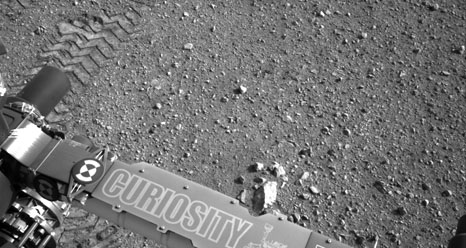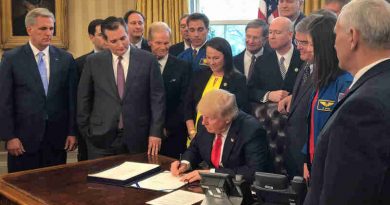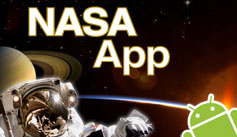NASA Mars Rover Curiosity Enters Arm-Work Phase
After driving more than a football field’s length since landing, NASA’s Mars rover Curiosity is spending several days preparing for full use of the tools on its arm.
Curiosity extended its robotic arm Wednesday in the first of 6-10 consecutive days of planned activities to test the 7-foot (2.1-meter) arm and the tools it manipulates.
“We will be putting the arm through a range of motions and placing it at important ‘teach points’ that were established during Earth testing, such as the positions for putting sample material into the inlet ports for analytical instruments,” said Daniel Limonadi of NASA’s Jet Propulsion Laboratory (JPL) in Pasadena, Calif., lead systems engineer for Curiosity’s surface sampling and science system.
“These activities are important to get a better understanding for how the arm functions after the long cruise to Mars and in the different temperature and gravity of Mars, compared to earlier testing on Earth.”
[ Also Read: NASA to Host its Social Media Event ]Recently, NASA’s Mars Curiosity debuted the first recorded human voice that traveled from Earth to another planet and back. (Read: When Human Voice Travels from Earth to Mars)
Since the Mars Science Laboratory (MSL) spacecraft placed Curiosity inside Mars’ Gale Crater on Aug. 5 (Aug. 6 EDT), the rover has driven a total of 358 feet (109 meters).
The drives have brought it about one-fourth of the way from the landing site, named Bradbury Landing, to a location selected as the mission’s first major science destination, Glenelg.
The work at the current location will prepare Curiosity and the team for using the arm to place two of the science instruments onto rock and soil targets. In addition, the activities represent the first steps in preparing to scoop soil, drill into rocks, process collected samples and deliver samples into analytical instruments.
[ Also Read: Space Station Spacewalk on NASA TV ]After the arm characterization activities at the current site, Curiosity will proceed for a few weeks eastward toward Glenelg. The science team selected that area as likely to offer a good target for Curiosity’s first analysis of powder collected by drilling into a rock.
Curiosity is one month into a two-year prime mission on Mars. It will use 10 science instruments to assess whether the selected study area ever has offered environmental conditions favorable for microbial life. JPL manages the mission for NASA’s Science Mission Directorate in Washington.
Photo courtesy: NASA




